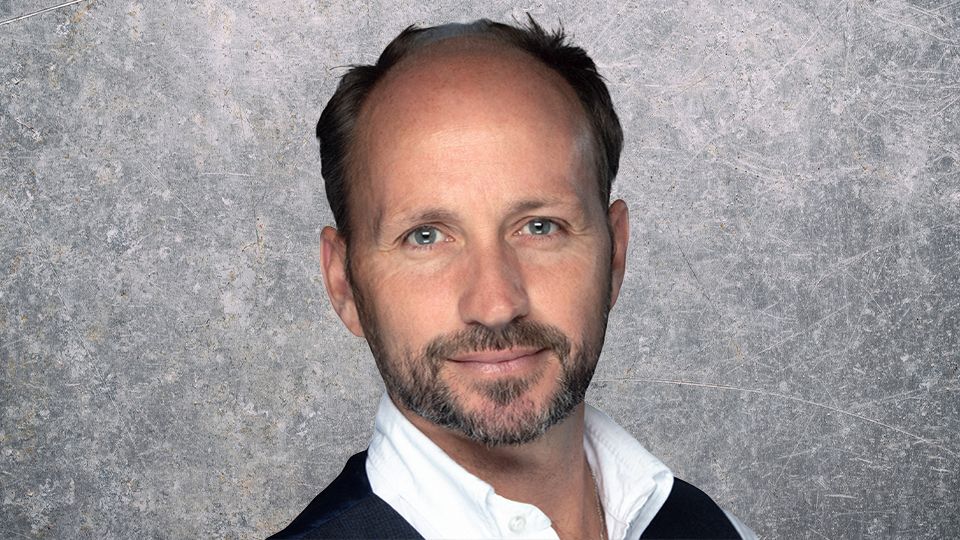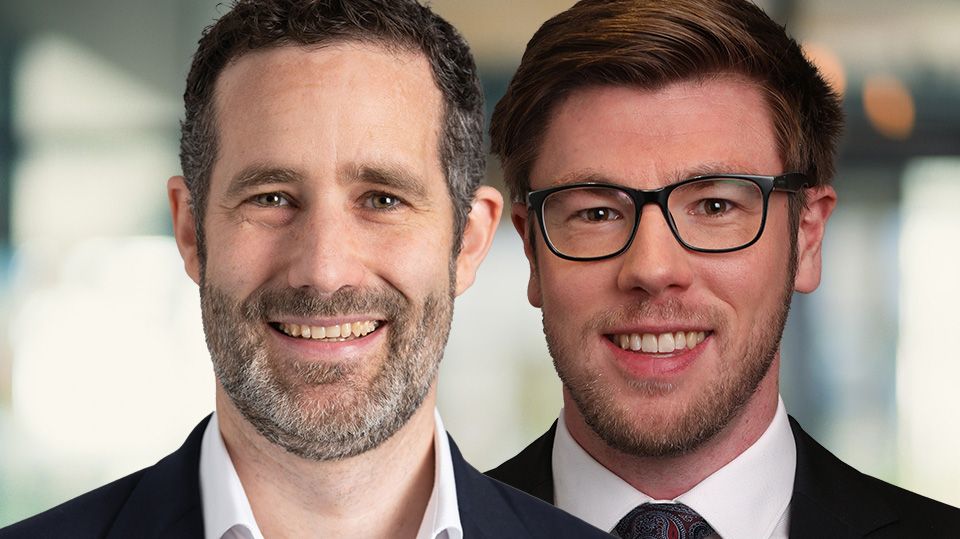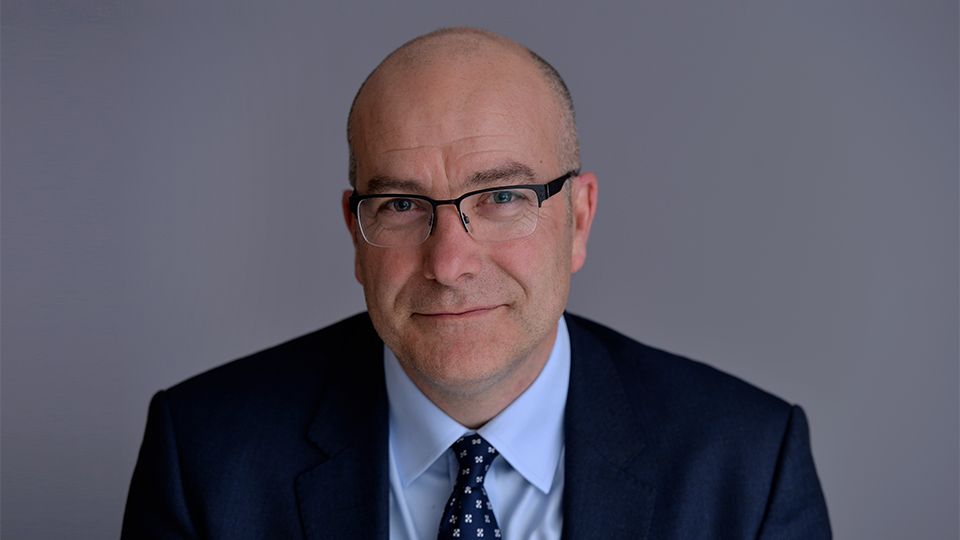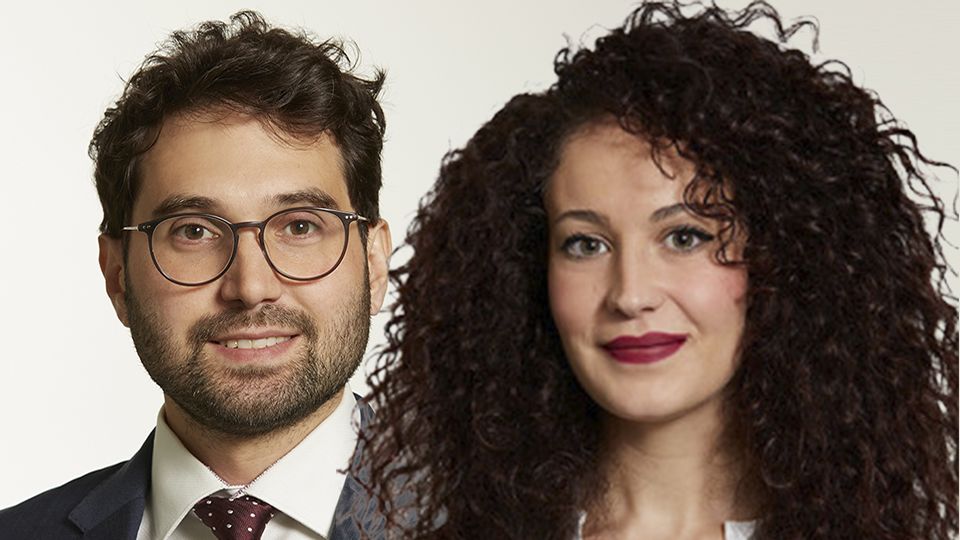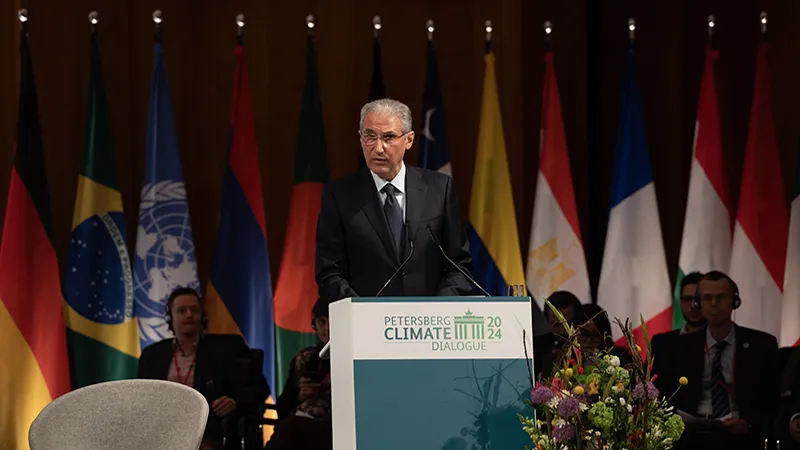As we reflect on the midway point of the UN Sustainable Development Goals (SDGs) where 15% of the targets have been met and many are backsliding, it is high time for the UN and investors to work together to not only salvage SDGs, but to also shape the post-SDG agenda.
But first, here’s an oversimplified ‘101’ of the UN structure: there are three UN pillars that I call the blue, black and rainbow. The blue is the development, humanitarian and peacekeeping pillar where the UN operates in nearly 100 countries. Across many of these developing markets where Sustainalytics have cooperated with the UN, the UN’s relations with investors is nearly nil. ESG is also known by very few UN agencies (though CSR legacy), while the SDGs are used to leverage local governments and communicate with populations – not to inform investors or corporations overseas.
See also: – SDG funds fail to target countries most in need
The black UN is the political pillar, mostly in New York and a few transatlantic capitals where some political and development global agendas are set including the SDGs in 2014 and the MDGs in 2001. The black UN has a few small bodies looking at responsible investment while ESG remains mostly an operational blind spot (note: PRI is limited and not officially UN).
The rainbow UN is the SDGs and their role as an effective UN communications tool, and as a driver for stakeholder alignment towards a more sustainable and fairer world. They have become an interface for investors and companies to the public; yet how can they be optimally used, and what is the investor utility of the SDGs in the future?
Current and future investor involvement
Here are two ways for investors to capitalise on the SDGs. The first is utilising the SDGs in the current form, and the second is for investors to shape what will come after the SDGs, i.e.: SDG 2.0 or MDG 3.0.
For the current SDGs, investors can both contribute to the SDGs, and also benefit from SDG association. For example, investing in funds or equities directly that have operations that address numerous SDGs.
Imagine investing in a utility company with government approved plans, such as a hydro power station that also has an offset of a hydrogen pilot, covered by a sustainability-linked bond with confirmed second party opinion. The power station is in an area with rampant poverty, poor roads (i.e. access to markets), a lack of small-scale businesses and manufacturing, low levels of secondary healthcare provision, no girls in secondary education. To attract diverse staff, it would require schooling and day care services, increased awareness of health prevention including mal- and undernutrition and social programmes. Establishing the plant requires water assessments and environmental impact and awareness, a focus on river systems, aquaculture and agriculture, therefore impacting indirect livelihoods, community engagement and empowerment.
Alas, this one energy project addresses nine SDGs and is more than an equity investment, it is an investment into an integrated system, which is how the SDGs were set up to be, and how investors can add their voice.
Now let’s turn to the future – after the SDGs – which should bring more opportunity for investors. As the world reflects on the SDGs, the UN will look ahead to what needs to change post-2030. Three gaps need to be addressed: investors, ESG, and emerging market corporations.
First and foremost, investors should be an architect of the post-2030 agenda. Investor priorities, risks and trends need to be integrated unlike pre-2015. Second is the need for incorporation of ESG and an improved understanding of its measurable – or even monetised – metrics, ranging from carbon transition rating, to human capital, governance and biodiversity. Third will be the representation of market-leading corporations from emerging markets. Yet, when do these voices enter the agenda?
At the UN, the world of 2030-2045 will be shaped in the next 18 months. The seminal event, the UN’s ‘Summit of the Future’ in September 2024, will launch the post-SDG framework structure. It may seem pre-emptive, though the SDGs took four years of deliberations, stakeholder outreach (no investors), and committee forming. Investor voices need to be represented on those committees, not as individual investors though, as a collective voice.
The stakes are too high to be under-representative and for investor voices to be excluded in the committees. While the UN is driven by member states, their goals are driven by their values, history, resources and investments.

